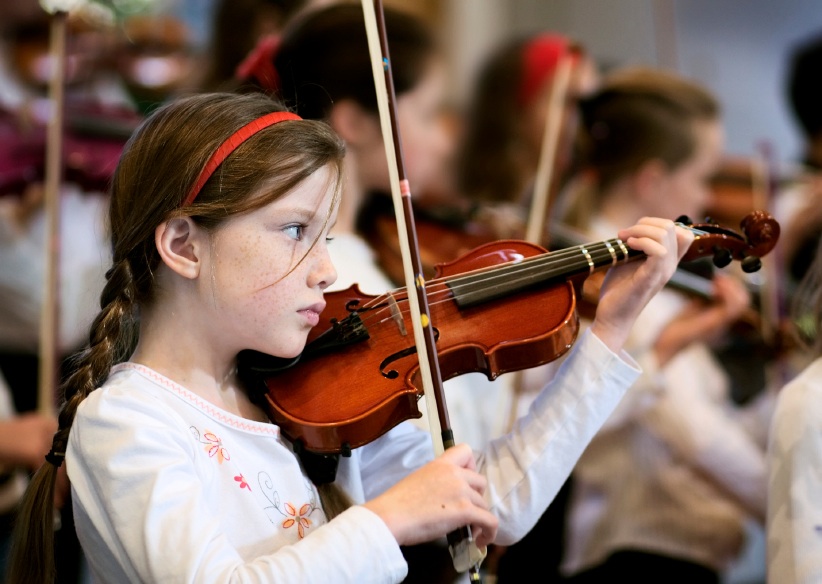
Many people fail to learn to play violin and never realize their potential. You may be one of them. You may choose to learn to play violin for your own amusement or perhaps to perform in small local concerts. Or you may have purchased a small inexpensive violin and want to know how to buy a beginner violin.
The first thing to do is to find out what your particular budget is. You may be able to afford a top of the range beginner’s violin. Or if you are on a tight budget, you may decide that you do not want a top of the range model.
There are several lines of beginner’s violin. There is four basic types of violin – viola, violin, cello and bass. Each of these violins have four strings and all have the same basic design. However, viola and violin are used in different ways by different people and therefore produce different sounds.
The equestrian violin is used for beginners, where as the violin for advanced players is more of a violin/ viola player. You will find both types of violin used quite often in modern music genres such as concertos and even jazz.
There are four different size violin. The smallest is the violin 1/4 or 1/2 which is also known as concert size. This is most suitable for children between 4 and 10 years old, or adults with dexterity. For example, violin for beginners is often measured up to 1/16 or 1/4. The largest is the violin 5/16 or 5/4 which is more suitable for advanced players, especially advanced violinists.
The violin is often used in jazz and classical music genres and can also be used to play an alternative type of music called fiddle tunes. Many people also play violin as an instrument of folk or Irish music. There are two types of violin known as the Italian or German style violins.
I buy my violins and viola set from the local musical instrument store. A cost may have as little as $50.00 or as much as $2000.00, but the quality and price cannot be guaranteed.
I prefer large, hollow violin bodies with f-holes. These produce a rich, full tone with little effort. Violin toes are also made from spruce and sometimes maple.
iceberg good tone is obtained primarily with the use of good quality bridge and sound post though a few violinists find that the quality of the bow is as important as the quality of the violin.
The violin is often made from spruce or maple and requires high quality hand-made violins with exceptional feel, convenience, and ease of playing. There are many, many violin makers around the world. In the USA, there are three very well-known violin makers – Ante Avedis, ErikWedimm and Kiss. They tend to produce violins in multiple styles. Ante Avedis,members of the Vienna Violin Company, produces violins in all styles.
Erik Wedimm,who is also involved in violin making, has his own designs. He has designs for violins that tend to be more commercial and are suitable for the needs of students.
Ildo Puurtepad and his sons who do restaurant designs as well as teach violin, Iva and I, make a wide range of affordable violins, including the popular violin options. These violins are ideal for students. They make a great first violin and can be purchased in a variety of sizes and designs.
I have found that the larger, hollow violin bodies are good for child violins but you must ensure that the violin is the right size for the child. If the child plays on a Conical, it may be difficult to find a convex violin. The child violin and bow should be developed along with the child’s capabilities.
I recommend that parents talk with their children about violin choice. This allows for a mutual decision. Most kids will want to play the violin. Parents need to be supportive and gentle at all times.
Violin for beginners can be purchased through the web. There are many reputable websites that offer such a great choice. Look through several different designs and see what best fits your child’s needs.
An important consideration is to ensure that the violin is the right size for your child – any child between the age 4-6 years old.
To help make this happen, you can vary the size in between sizes in order to encourage growth and development. You can find a perfect fit for your child with these tools.
- equating the violin’s size
- Using a Una corda (a short violin string cord) to measure the violin’s lengt
- Finding the violin’s string set, or color
- Identifying the violin’s shoulder rest (a crucial equant of the violin)
